As human beings, we have the pleasure and curse of occupying a relatively short amount of time within the existing timeline as we know it; from the moment we are born, we can make the fair assumption that we will live anywhere from 0-122 years old based on all prior recorded human lifespans. We can live comfortably knowing that no matter what we do, eventually our time on this Earth will end. We can leave remnants of our existence behind in the form of art, history books, nuclear waste, and to be more abstract our loved ones’ memories, but as far as we know there is no way to immortalize our existence. Art erodes, history books burn, nuclear waste decays, and families forget. No matter how much time we individually occupy, which I’ll define as any period of time that is touched by any result of one’s own existence so I don’t unnecessarily limit the impact a human life can have, a single human cannot have existed within our timeline from the beginning of time to the end of it. Some may argue that religious human figures such as Adam and Eve break this logic if they existed and are still known of today, but to that, I would argue that even before those first humans, time marched backward–for at least five days according to the original source text (The Bible). For those who are of a different belief, or are not religious, I would emphasize that there has always been a time before humans: whether it be a time of dinosaurs or a time of cosmic energy. Given all of the logic above, it is safe to say that we, as individual humans, occupy a subsect of time. If you give me three minutes of your short subsect of time, I’d love to tell you a bit about why I believe that just as we are allotted time to exist on the ultimate timeline, online games are allotted time to exist on the internet. Then, after that, if you give me one more precious minute, I’ll tell you a bit about how the impermanent nature of these video games should teach more about how we view our own lives and impact.
Part One: A Brief History of My Own Experience With Retired Online Games

Two weeks ago, I was feeling a bit nostalgic for my childhood back in the late 2000’s (do you feel old yet because I do), and I wanted to visit my childhood gaming website: Poptropica. As I remembered it, the site was a beautiful Oasis in my elementary school computer lab where my after school care friends and I would congregate to solve puzzles located on in-game islands in order to unlock different achievements and mini-games. My favorite island, and one I can still remember every step to solving to this day, was Reality TV Island, where you could follow a sequence of steps as your character to effectively apply, get accepted to, and compete in a Reality TV show. Obviously, still on that nostalgia kick, I immediately went to look for that island after logging into my old account. What did I find? Nothing. A big empty space where the island was supposed to be located on the map. My hopes and dreams for reliving my childhood were crushed. Needless to say, I was more than a little upset, but this got me thinking: how many games has something like this happened to? I knew of Club Penguin, which was another of my childhood games that was recently retired, but I didn’t know of the over sixty online games that had gained a cult following online before being shut down. This list includes, but is not limited to, Marvel Heroes 2016-a free MMO released in 2013 and shut down in 2017, Firefall-another MMO released in 2014 and shut down in 2017, and Spark City World-an MMO geared towards girls released in 2008 and shut down in 2017.
An interesting pattern you may have noticed was that all three of the games I listed shut down in 2017. This is not the result of me manipulating data and only showing you games that shut down in 2017 on purpose, as the games I selected were entirely random. A better explanation, however, is that Adobe Flash Player was deprecated in 2017, rendering many online games that relied on the software as good as dead, as there was no chance for players to emulate them on their own machines. In a matter of months, due to a corporate decision, the lifecycles of these games within the timeline of the internet were officially ended. To make this concept a bit easier to understand, I’ll employ an analogy that helped me wrap my own head around the idea of relative time: humans are to the ultimate timeline as a game is to the section of the ultimate timeline that the internet takes up. Therefore, when an online game hasn’t existed for the entirety of the time the internet has existed, that game mirrors the temporary nature within the timeline of the internet that humans have within the ultimate timeline. If you’re a keen reader, which I know you are, you may take my examples of retired games and argue, “If you could find information about them on the internet, then their lifespan hasn’t ended yet.” To that I say, first of all you have a great point, but second of all you’ve got to think a little bigger. Think back to before the game existed-the game’s lifespan certainly doesn’t extend to the first ever instance of the internet, as the internet was originally created to house and parse raw data. Then, think to the future. If these games could be deleted because the software they relied on for the backend was given up on, the same can be said for every website that houses an article written about those games, as well as every website that houses a video, and every website that houses any information about it whatsoever. These games, therefore, are not immortal within the timeline of the internet, just as we humans are not immortal and all-existing within our own, ultimate timeline.
Part Two: Why We Should Care That Online Games Are As Temporary As Human Life

The fact that these games are not permanent will effectively allow us as humans to experience the games within the time of the internet as if we were the ultimate timeline experiencing humans. In the same way that we view these games as just a glimpse of an event within our lives, we are a glimpse of an event within the ultimate timeline. Nevertheless, just as the games were well-loved, fostered connections, and were entertained within their brief time allotted within the time of the internet, us humans are well-loved, connected, and entertaining within the time of the ultimate timeline. It is in this comparison that the main reason we should care as humans is revealed: no matter how short our allotment of time within the ultimate timeline, we can still make an impact on those who have the pleasure of perceiving the time we occupy. Just as we are impacted by perceiving the limited lifespan of the games, the ultimate timeline is impacted by perceiving the limited lifespan of humans. What we do may seem insignificant or small relative to such a large amount of continuous time, but if online games can make an impact within the timeline of the internet despite occupying such a small amount of it, us humans can do the same with the ultimate timeline. By recognizing that these games have limited time, we can hopefully become more comfortable ourselves with our own limited time, knowing that it can have an impact. I can only hope that through the lens of ultimate time I am as loved, cherished, and important as Poptropica is to me and the internet.
With love,
Lizzie
Sources:
Poptropica Picture: linked here ; Human Lifespan: linked here ; Retired Online Games Reference Buzzfeed: linked here ; More Retired Online Games: linked here ; Poptropica History: linked here ; History of the Internet: linked here ; Spacey Picture: linked here

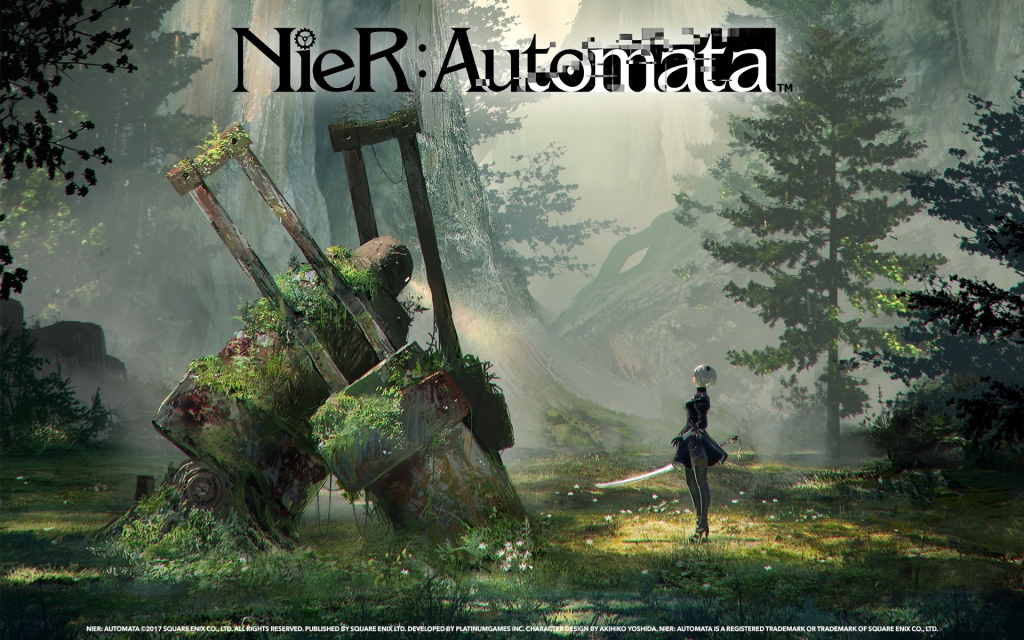

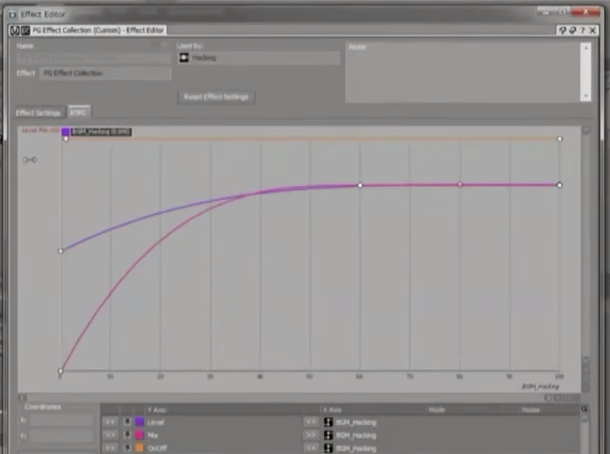







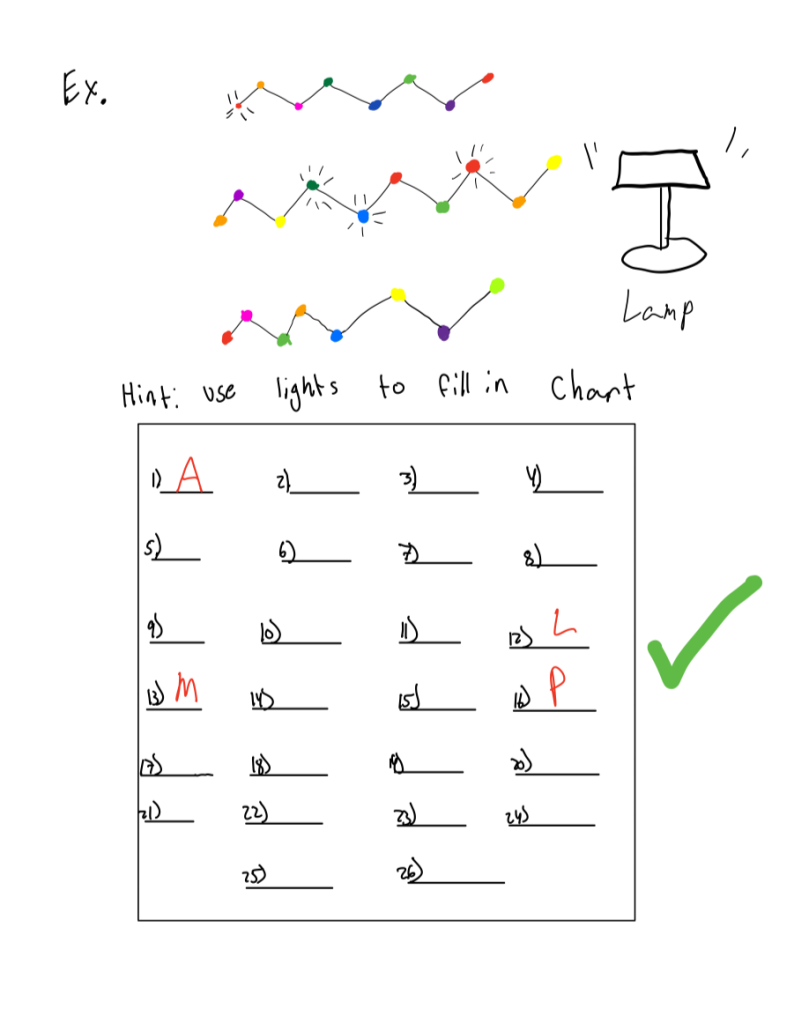
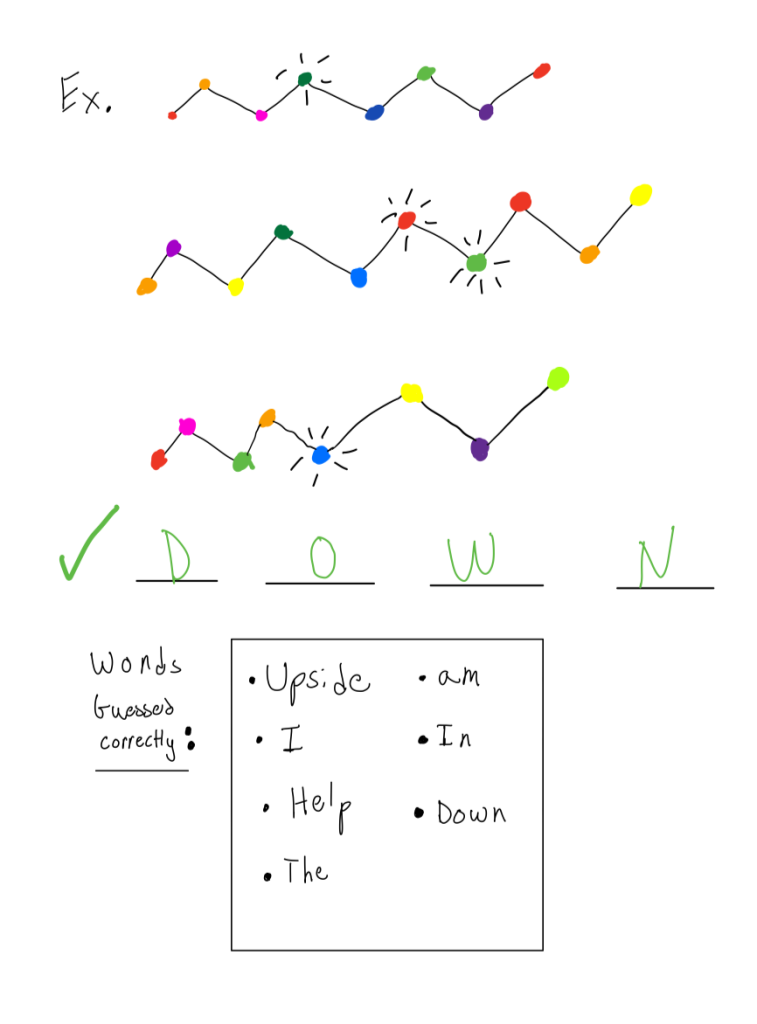
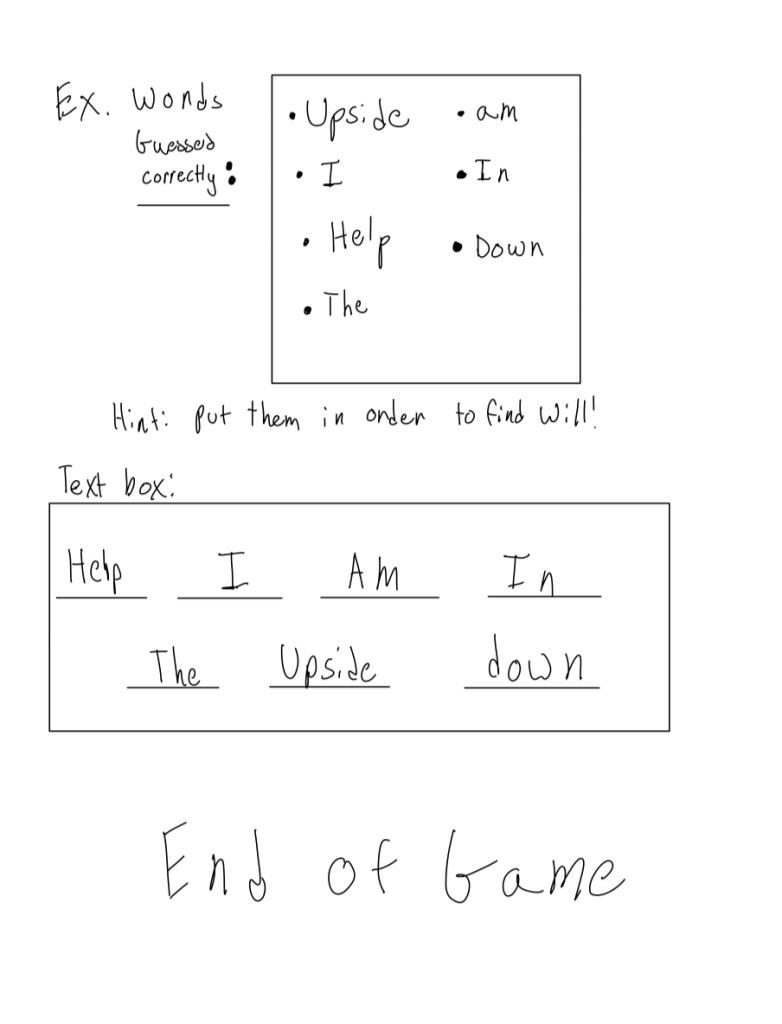



















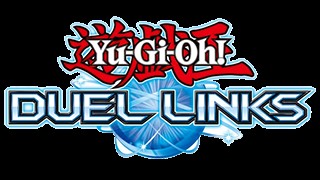



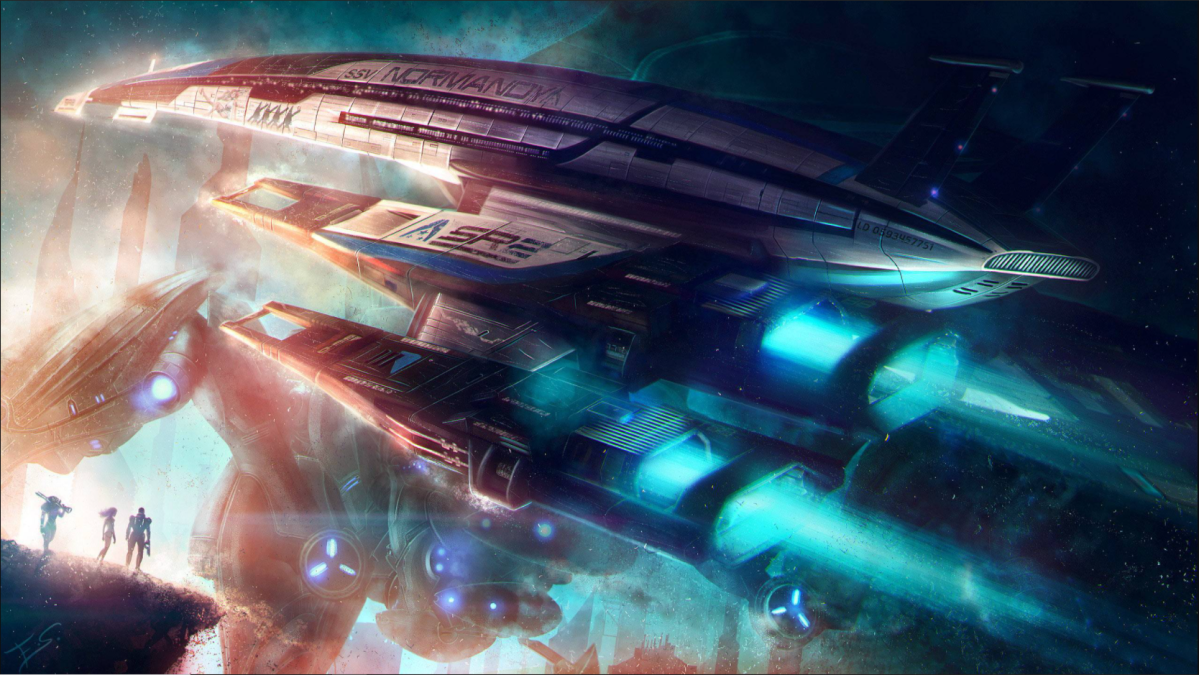



You must be logged in to post a comment.